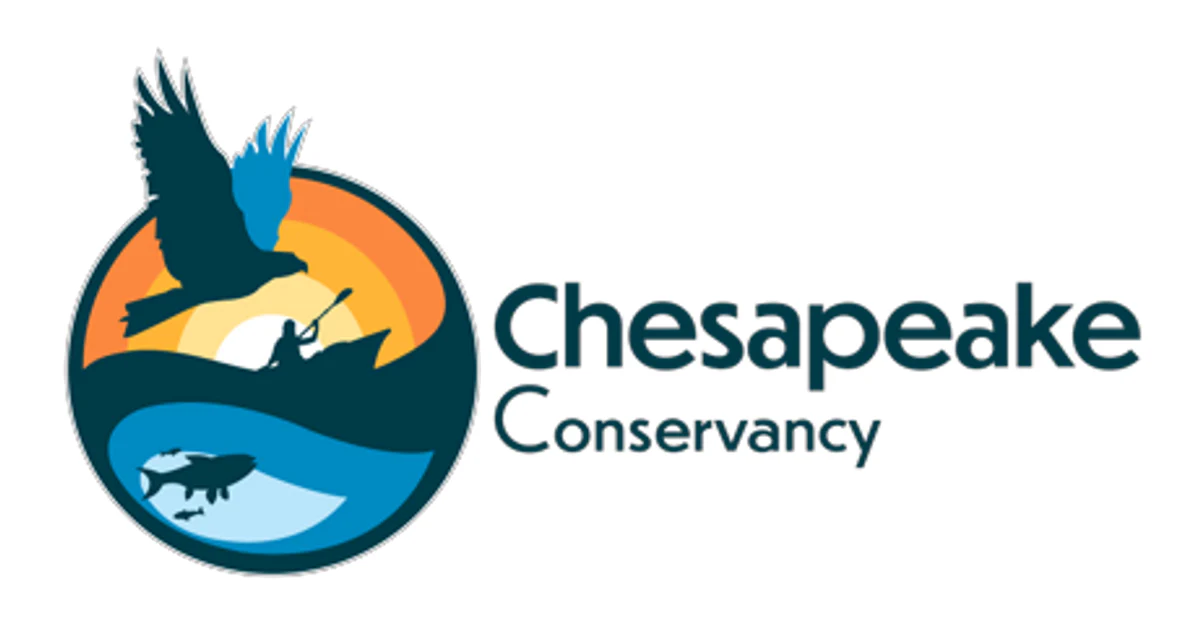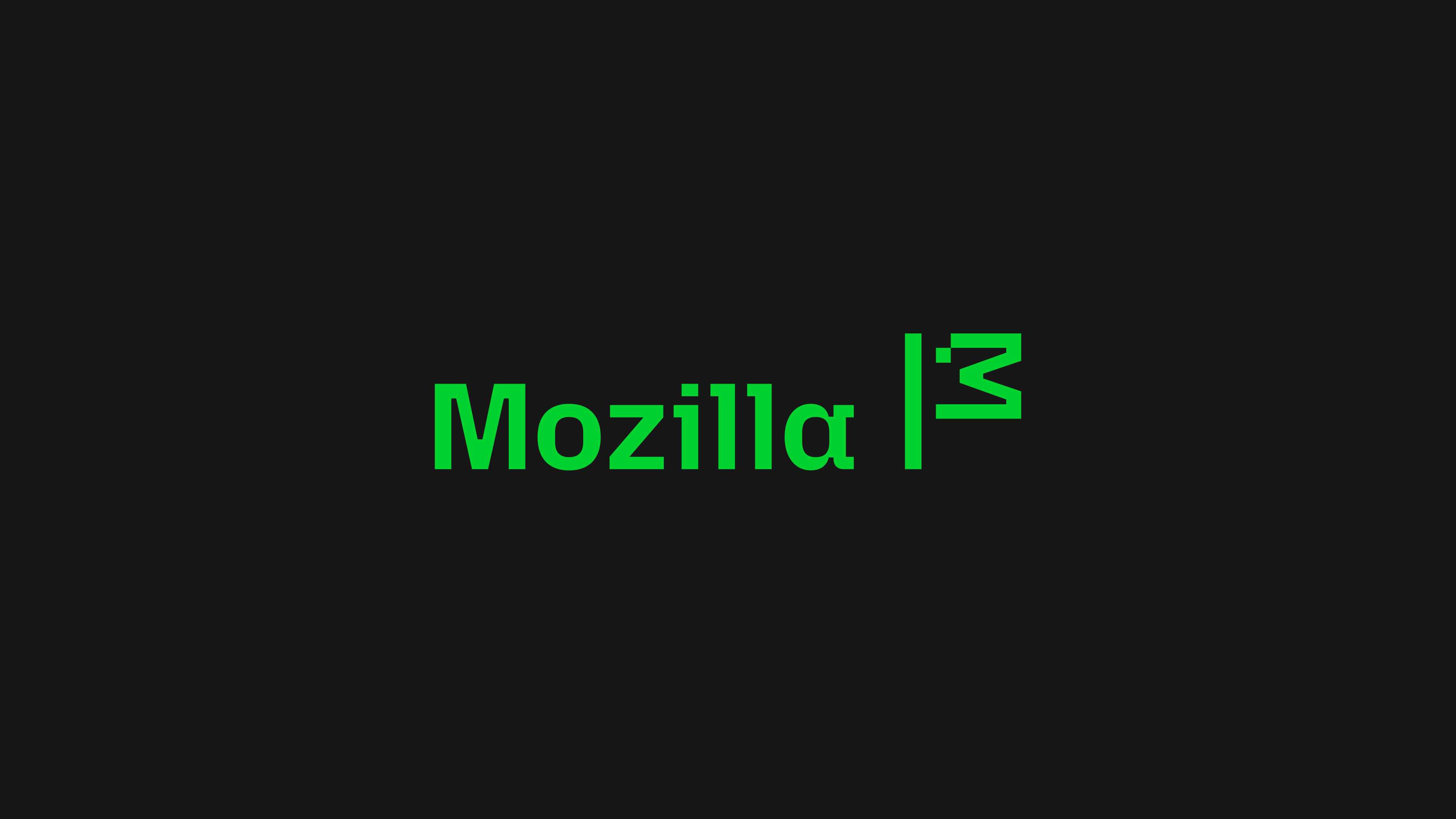
|
|
|
|

|
|

Interned on the Automated Machine Learning team at Oracle Labs.

Built an interactive web application to help users discover and locate trees across Pennsylvania parks.

Conducted a mixed‑methods study to assess and improve digital accessibility among PA small businesses.

Gained hands-on exposure to enterprise mobile application backend infrastructure and deployment pipeline development.
At Oracle, I joined the AutoML research team and worked on an automated forecasting pipeline. One part that stuck with me was building out the explainability layer — finding ways to show users not just the output, but why the model made its predictions. That experience pushed me to think more deeply about how we communicate what’s under the hood, and how trust in a tool often comes down to how clearly it speaks.
Currently, I’m putting that into practice on a side project: Morocco—my home country—is one of the hosts of the 2030 World Cup, and I wanted a project that was more than “just another chatbot”—something that lets me use both my technical skills and my multilingual background to see how this tech works across Arabic, French, and English. So I’m building a prototype that helps visitors figure out routes and real local experiences in Casablanca. It runs on placeholder match data + local transit feeds, and an open‑source LLM wired up with RAG (via LangChain/LlamaIndex). Still learning & building, but hoping to share it soon!
Using historical race data from 2009–2022, I engineered features like qualifying position, podium finishes, and team performance, then trained logistic regression and random forest models in Python to forecast end‑of‑season driver standings with 85% accuracy. All analysis and visualizations live in an interactive Jupyter Notebook.
FlappyBison started as a class project to explore JavaFX and OOP design. Created through a modular architecture with separate classes for game logic, collision detection, and UI navigation, using JavaFX’s animation and event APIs to manage scene transitions (start, play, game‑over). Custom physics simulate the bird’s movement, and continuous generated obstacles keep gameplay challenging.
I developed Python scripts and Jupyter notebooks using Gurobi to build linear and mixed‑integer programming models that schedule power plant output to minimize generation costs while meeting demand forecasts and CO₂ emission limits. I cleaned and processed historical load and emission data, formulated objective functions and constraints, and created visualizations to explore cost‑versus‑emissions trade‑offs, gaining hands‑on experience in energy economics and optimization techniques.
As part of Northeastern’s AccessHack, co-built a TypeScript Figma plugin that evaluates frames and components for accessibility issues—color contrast, missing alt text, and keyboard focus order—and highlights them directly in the design canvas. This tool helps designers catch WCAG compliance gaps early, making inclusive design easier from the start.
As a Digital Researcher, I contribute to the Digitizing Suzette Project, a digital humanities initiative analyzing 19th-century French domestic education. My work involves TEI/XML markup and analytical tagging of texts, identifying nuanced cultural references, culinary terminology, and domestic practices. This meticulous process is critical for building a structured resource that uncovers how widely distributed educational materials subtly reinforced or challenged gender roles and social expectations during the French Third Republic.
As one of the lead developers on a cross‑functional team, and in partnership with the Chesapeake Conservancy to transform their Excel‑based species filter into an interactive React web app. Over eight agile sprints, we gathered stakeholder requirements, analyzed the legacy tool’s core features, compiled USDA tree and image datasets, and implemented geolocation‑driven recommendations. The result is a PWA that helps landowners and conservation planners intuitively select native Pennsylvania trees, making restoration decisions both data‑driven and user‑friendly.